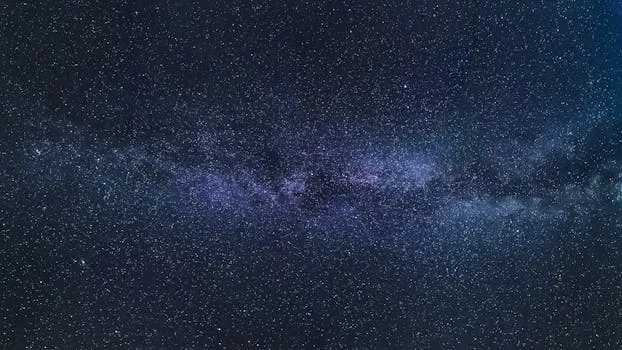
“
Beyond the Milky Way: Imagining New Worlds and Possibilities
Focus Keyword: Beyond the Milky Way, the universe is full of mysteries waiting to be unraveled. As we continue to explore and understand our home galaxy, we are also pushed to think about what lies beyond. The cosmos is vast and expansive, with billions of galaxies, each containing billions of stars and planets. In this article, we will delve into the possibilities of what exists beyond the Milky Way and the latest advancements in space exploration.
Introduction to the Milky Way
The Milky Way is a barred spiral galaxy, consisting of hundreds of billions of stars, gas, and dust. It is estimated to be about 100,000 light-years in diameter and is thought to contain between 200-400 billion stars. Our solar system is located in one of the outer spiral arms of the galaxy, about 27,000 light-years from the center. The Milky Way is just one of the billions of galaxies in the observable universe, and it is believed to be a relatively small galaxy compared to others.
Exploring Beyond the Milky Way
As we look beyond the Milky Way, we enter the realm of the intergalactic medium, a region of space that fills the vast expanses between galaxies. This medium is composed of gas and dust, and it plays a crucial role in the formation and evolution of galaxies. The intergalactic medium is also home to a variety of astronomical objects, including galaxy clusters, superclusters, and voids. For more on the imaginative aspects of space, check out Charting New Realms: The Journey of Imagination Beyond the Stars.
Galaxy Clusters and Superclusters
Galaxy clusters are groups of galaxies that are held together by gravity. These clusters can contain hundreds or even thousands of galaxies and are the largest known structures in the universe. Superclusters, on the other hand, are networks of galaxy clusters and superclusters that stretch across vast distances. The Milky Way is part of the Local Group of galaxies, which is itself part of the Laniakea Supercluster. To understand more about the imaginative aspects of galaxies, read Galaxies of Dreams: How Imagination Transcends the Night Sky.
Voids and the Large-Scale Structure of the Universe
Voids are vast regions of empty space that are found between galaxy clusters and superclusters. These voids can be billions of light-years in diameter and are thought to be the result of the universe’s large-scale structure. The large-scale structure of the universe is made up of a network of galaxy clusters, superclusters, and voids, which are all connected by a web of filaments.
Takeaways
- The universe is vast and expansive, with billions of galaxies, each containing billions of stars and planets.
- The Milky Way is just one of the billions of galaxies in the observable universe, and it is believed to be a relatively small galaxy compared to others.
- Exploring beyond the Milky Way allows us to understand the intergalactic medium, galaxy clusters, superclusters, and voids, which are all part of the large-scale structure of the universe.


